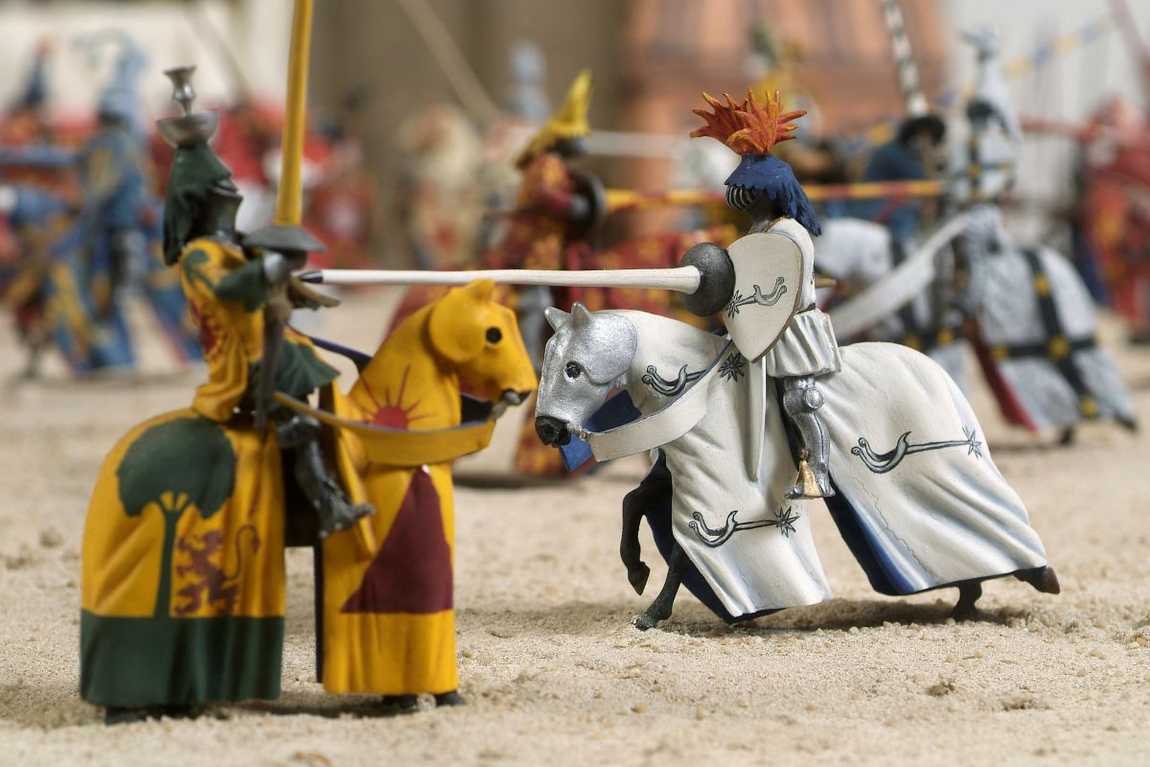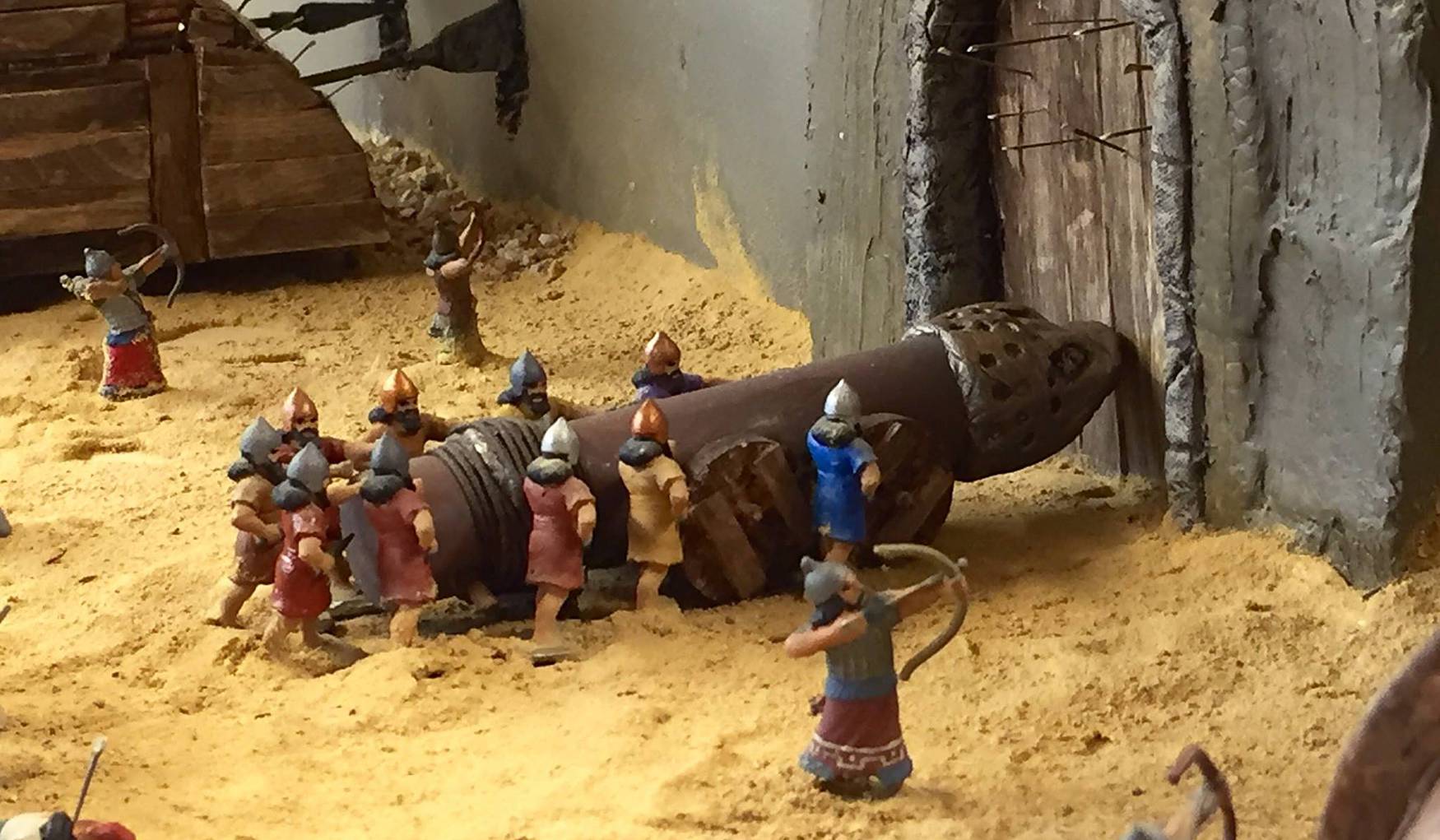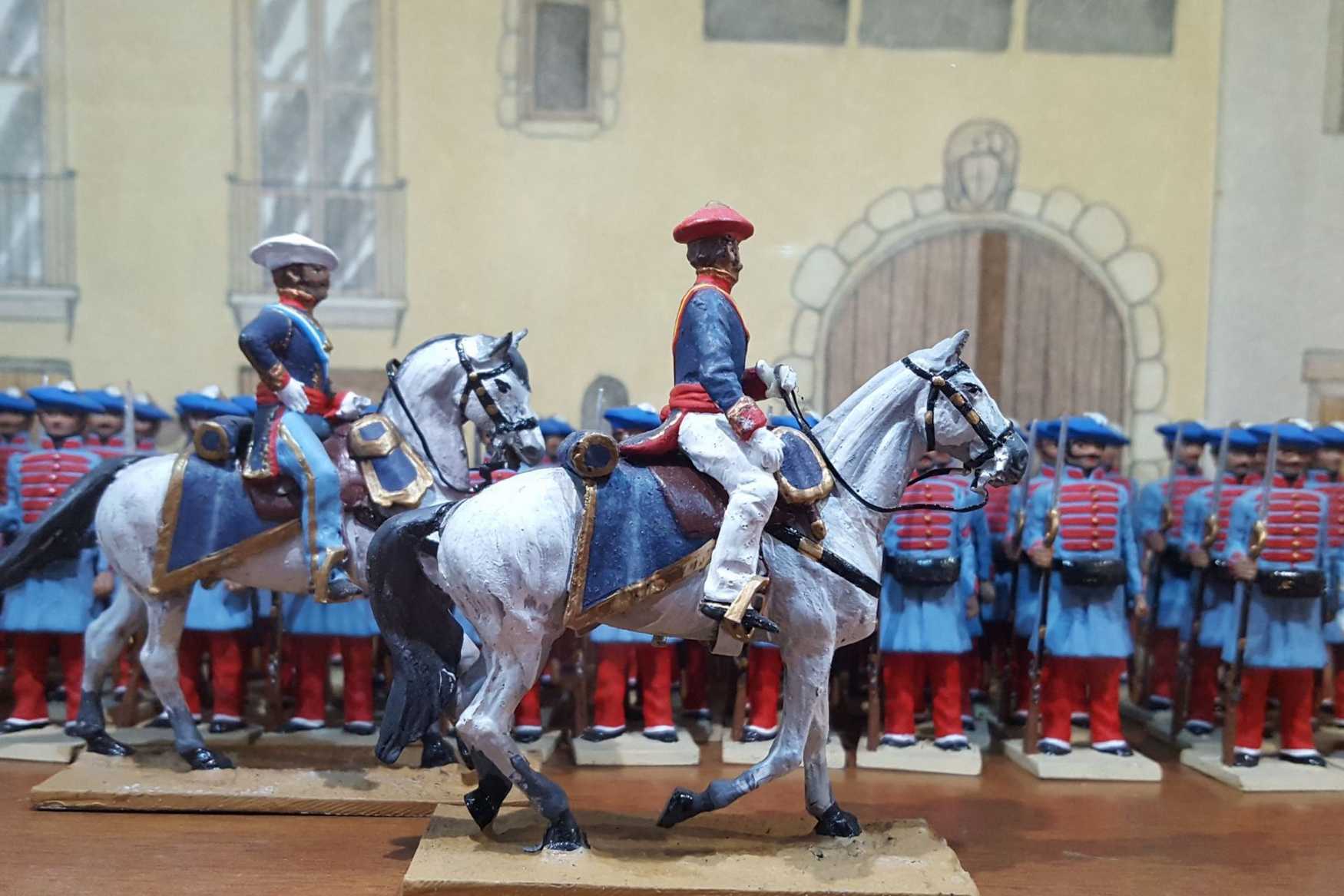Adults sometimes think of toy museums as unreasonable. However, the Museo de los Soldaditos de plomo sounds very solid, even though its exhibits are small tin soldiers, of which there are some 95,000. A tour of this kind in Valencia will excite boys and girls of all ages. As the exhibits often resemble a small theatre, it is a spectacle that appeals to girls too.
Toy collector Alvaro Noguer Jiménez created the Tin Soldiers Museum. Visitors first viewed the exhibition in 2007, but since then, the collection has taken up 17 rooms. Expect to see display cases with signs like shop price tags, "Sold. Tin. 20th century, 5 cm"? There's nothing like that here.

But there's a knight's tournament, a military parade, the Battle of Austerlitz and even — imagine — dinosaurs. Small figurines depict important moments in history, and you don't just see nameless heroes but also famous historical figures. The phrase 'theatre of war' resounds in a new way in this museum. The show is about to begin.
The most significant "staging", in which about 9 thousand figurines are involved, is a model of the battle of Almansa. The location of the troops, the course of the fight, and the details of each soldier's uniform correspond to historical reality. Infantry, cavalry, artillery and troop commanders took up their positions. But there was also room for a convoy, a field camp and even a priest.

Each room of the Toy Soldiers Museum in Valencia is dedicated to a different period in history, and the battles look different. In one mock-up, primitive hunters faced off against a cave bear. Another shows Mayan warriors performing a ritual dance.
The third depicts the defence of a medieval fortress, and the fourth shows a predatory Tyrannosaurus preparing to attack a harmless Triceratops. Some significant battles that pupils had read about in history lessons were the Battle of Gaugamela between the armies of Alexander the Great and Persian King Darius III and the Battle of Austerlitz, where Russian and Austrian troops opposed Napoleon.

In addition, the little soldiers of the various armies are built for parades, and on such displays, it is most convenient to consider the differences in uniforms.
Fortunately, not all of the exhibition is devoted to the war. There are also several models depicting peaceful life. In the Household Hall, you can see a small town, shops selling various goods, a fair, a school and a farm. Cartoon and film characters also reside here, and girls usually linger in front of the "Fashion Icon" display case. In addition, one of the showcases is dedicated to pewter figure-making technology. The tools for the work seem crude and unsightly — the more surprising the results. There are also pewter soldiers in the museum shop. They're collector's pieces, though, and they're expensive.











